France vs. Spain: Which is best to Travel?

Choosing between France and Spain is a tough choice. Both countries are famous for their beauty, romantic appeal, and rich cultural experiences. Each offers an idyllic coastline, as well as major global cities. Public transport is convenient and plentiful in each of the locations. To top it all off, both countries offer a modern urban lifestyle combined with a breathtaking historical extravaganza. While France is known around the globe for its art and architecture, Spain’s nightlife and festivals are equally famous. In terms of a cost-effective holiday, Spain is the cheaper of the two countries.
Where is cheaper? Currency and Cost of Living
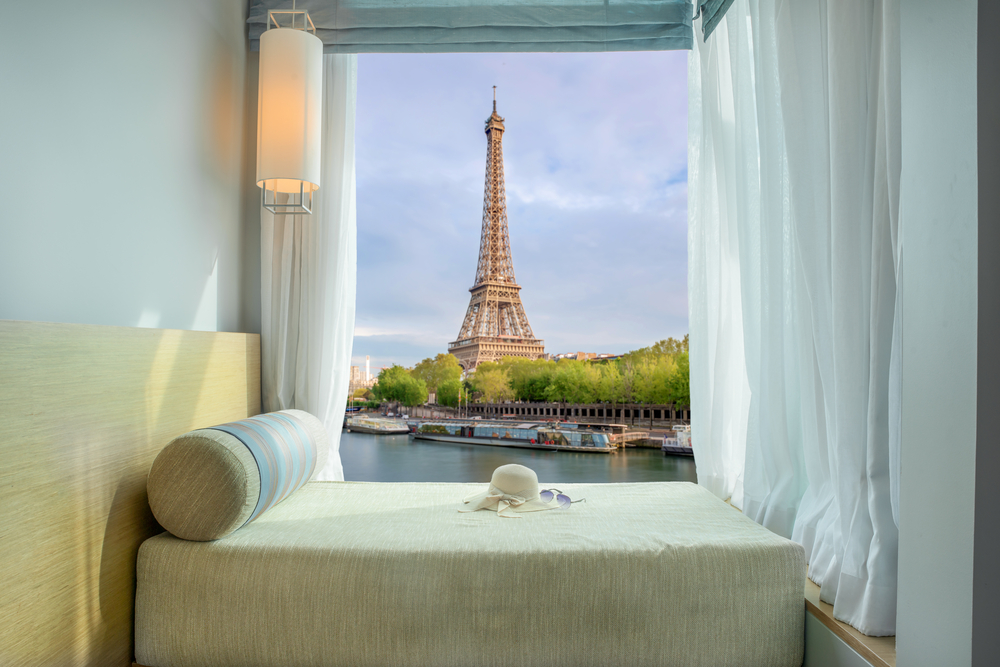
Both France and Spain are members of the European Union, meaning that Euros are the accepted currency in both locations. However, your Euros will go further in Spain with the cost of living significantly lower than that of France. The all-inclusive daily cost of a holiday in France will set you back an average of 146 Euros. On the other hand, Spain will cost approximately 112 Euros, and the main difference is in accommodation prices. Food, bottled water, and transport cost roughly the same, but alcohol and entertainment cost more in France.
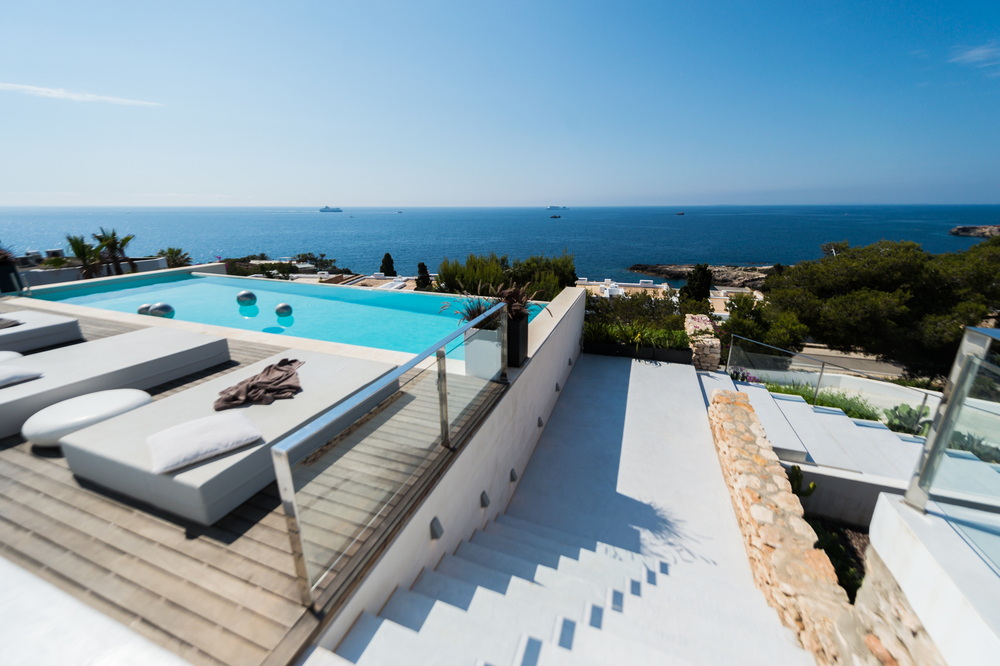
Although on average French accommodation is more expensive, these statistics mainly ring true for major cities. Paris, for example, is one of the most expensive cities for rent in the world, with coastal France a close runner up. Likewise, the beachfront accommodation in Spain is pricier. However, cities such as Barcelona offer broader diversity in terms of budget options. No matter where you choose to go, you can always make a plan that will suit your pocket. Camping or hostels can save you a ton of cash, and prepare for a much more exciting holiday experience anyway!
What is the best way to get around?

France and Spain both offer affordable and efficient public transport, with Paris earning the title for the best in Europe. Every French city and town is reachable via public transport, with buses running to rural areas. Many of the cities have metro services, and Paris offers trams and subways too. These facilities are each run by the same organization, meaning you can buy one pass and use all of them. Taxis can be hailed throughout France, or arranged telephonically. There is also an extensive railroad service in France, which is both timely and fast.

Spain is also super convenient with public transport and offers subways or metros in all major cities. Similarly to Paris, transport services in Spain are also owned by one company, so one pass grants access to all. These services include buses, metros, and suburban trains and are considered among the best in Europe. The buses are the cheapest mode of transport and offer intercity as well as long-distance transportation. There are even international buses in Spain, that can take you to other European countries for a cheaper fee than a flight. All in all, both countries offer world-class public transport, and it will be easy to get around.
What are the climate and geography? Climate and Tourist Season

These neighboring countries offer a wide range of climates that affect tourist seasons accordingly. Spain is generally warmer than France, but on the Mediterranean side of France, summers are hot, and winters are mild. On the other hand, the Alps and mountainous regions of France are on the colder side of the spectrum. The average French winter ranges from 32 to 46 degrees Fahrenheit, while a typical French summer reaches 61 – 75 degrees. Summer coincides with the high tourist season from June until August. However, the popularity of France sees a second peak season between December and January. The best time to visit France is during Spring (between the months of April and June) or Fall (between September and November).
Spain officially has five different climate zones, so it’s best to pack for all seasons or research your exact destination. Like France, the peak of the Spanish tourist season is during the summer months between June and August. Spring begins earlier than France, starting in March and ending as the summer begins in June. This is the best time to visit Spain, but Fall is also great for good weather and avoiding crowds. If you’re hoping to visit one of the festivals hosted in Spain, you will likely have to go during the peak of summer. In terms of overall climate, Spain is warmer and therefore the winner for a fun beach holiday.
What defines cuisine? Cuisine and Beverages
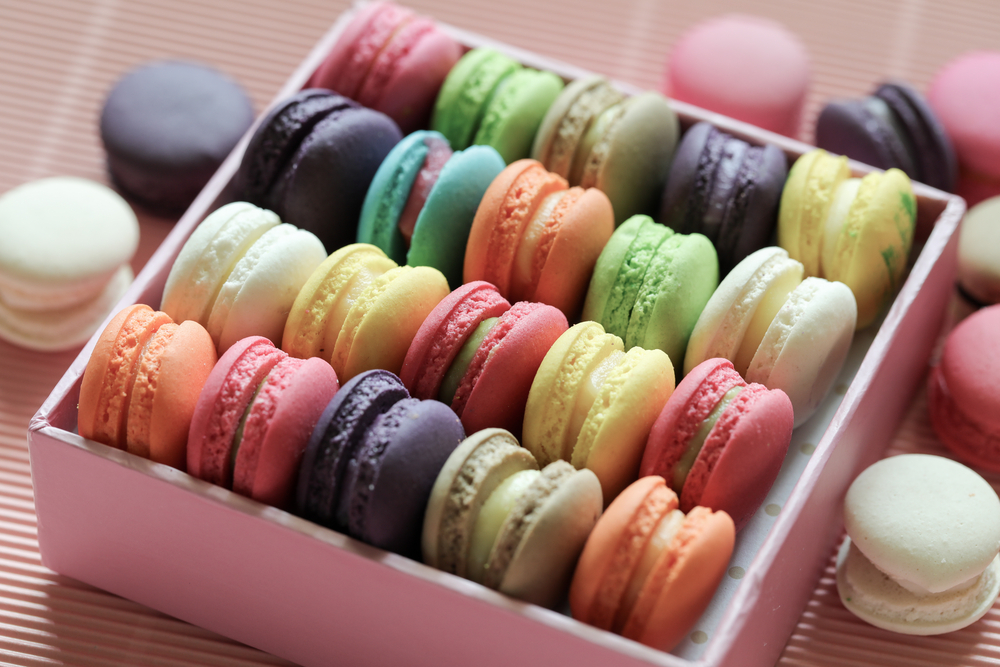
Both France and Spain have some pretty iconic cuisine that has earned places on menus across the globe. While the French is a little more “wine and dine,” the Spanish have got the best street food. Traditionally, France is better known for its chefs, restaurants, and internationally loved food. A few famous French foods are croissant, soufflé, omelet, baguette (French loaf), and of course, cheese. In addition to the popular staples, France is also famous for its delicacies of snails and frogs legs.
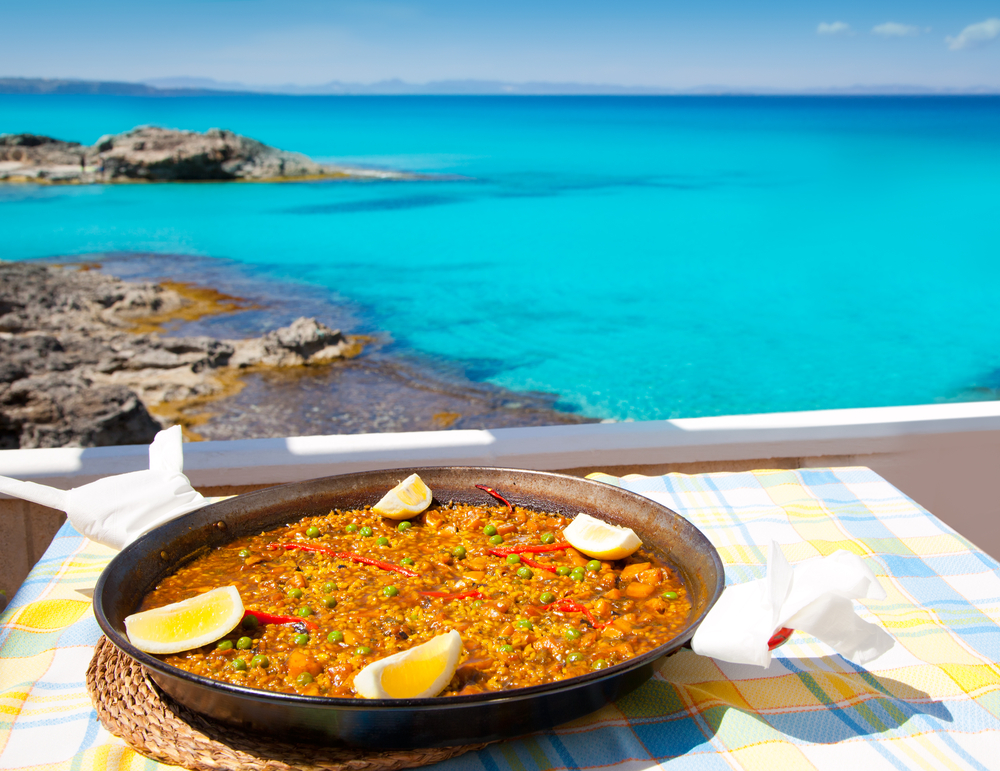
There are also several other iconic French dishes, such as Bœuf Bourguignon, macaroons, and quiche, to name a few. Come to think of it. French cuisine is loved far more than Spanish tortillas – on a global level. Perhaps most famous, though, is the French Wine. France is one of the most significant wine producers in the world and the top exporter of wine. Spain rivals France in the wine scene, though, claiming the international title of the country with the most vineyards!
How about culture in both countries? Cultural Experiences

On that note, let’s dive into the cultural experience of wine-tasting and vineyard-touring that both countries have to offer. France and Spain offer a wide range of wines with taste variations catering to the majority of palates. Each country has more vineyards than you will be able to visit, each offering guided tours for the history of wine-making. In terms of art and culture, the word “culture” actually originated in France. With the Paris Fashion Week and the Cannes Film Festival, as well as the Louvre, France has more popular attractions to offer.
On the other hand, Spain has more festivals, including the internationally acclaimed Tomato Festival, which is worth experiencing. “La Tomatina” is an annual festival where over 20 000 people throw tomatoes at each other and the street. Images of the festival show attendees almost up to their necks in tomatoes, making the experience truly unique! There are festivals in Spain throughout the year, and the country is famous for its party lifestyle. Other holiday-like cultural benefits of Spain include legal nudity, siestas, Flamenco dancing, and the highest bar to population ratio. All in all, the choice between France and Spain comes down to your leisure time preferences.
Art and Architecture
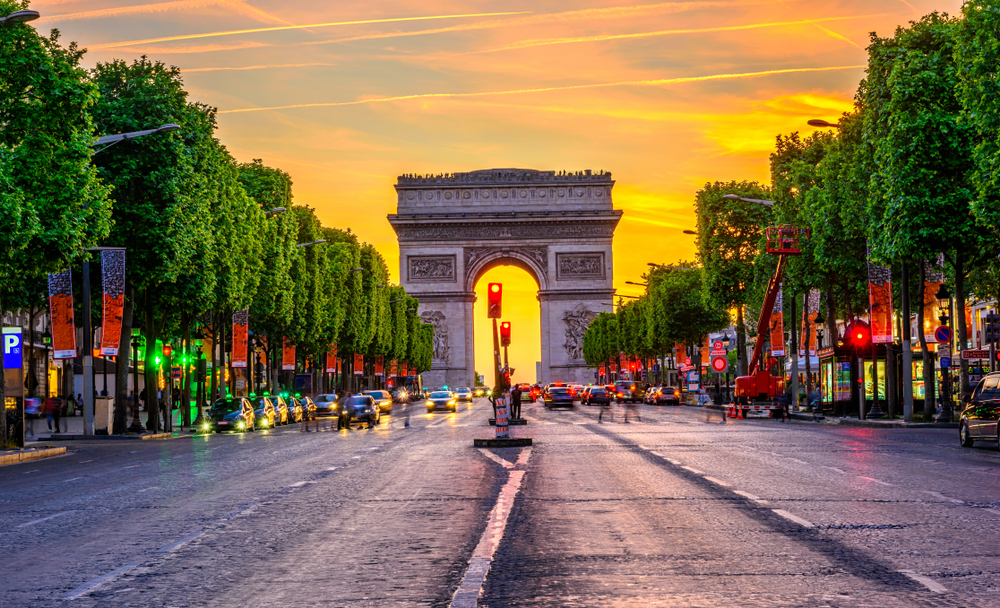
While France is (once again) more famous in terms of art and architecture, Spain is home to the Salvador Dali Museum. The museum was designed by Dali himself, and the eccentric surrealist was born and lived in Spain. There are three significant locations dedicated to Dali, and the triangular route is known as the Dalinian Triangle. Picasso was also Spanish, so the art scene in Spain is rather impressive, with several museums showcasing Picasso’s work. In addition to these two giants of art history, Spain is home to an architecturally breathtaking Guggenheim Museum. It looks similar to the Sydney Opera house, only more impressive. Inside is a collection of masterpieces and traveling exhibitions.
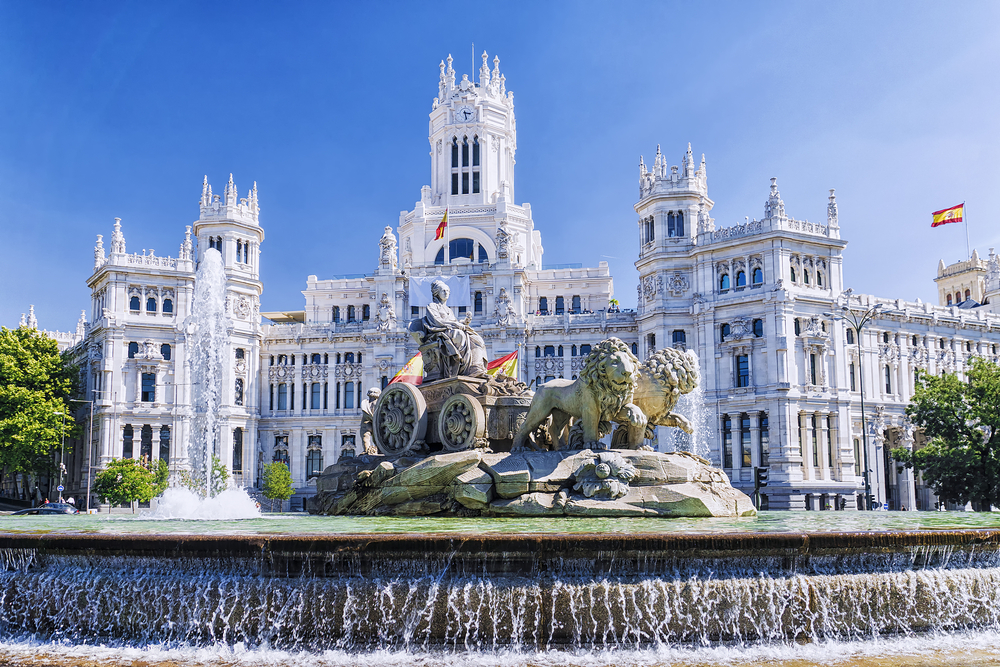
In terms of art and architecture, it is a close call between France and Spain. The Eiffel Tower alone is enough to draw millions into the land of France every year. The gigantic architectural structure is one of the Seven Wonders of the World, and tourists are permitted to the top. France has more architectural significance than Spain, despite the Guggenheim Museum. The amount of famous and beautiful buildings in France far outnumbers even the festivals in Spain. Cathedrals, Arches, and the Pantheon are just a few, and also the layout of French cities is awe-inspiring. There is an equal number of world-renowned galleries, including the Louvre and the Musee de Orsee. The Louvre houses some of the most famous art pieces in the world, including the Mona Lisa. In terms of art and architectural history, France has more options.
Outdoor Activities
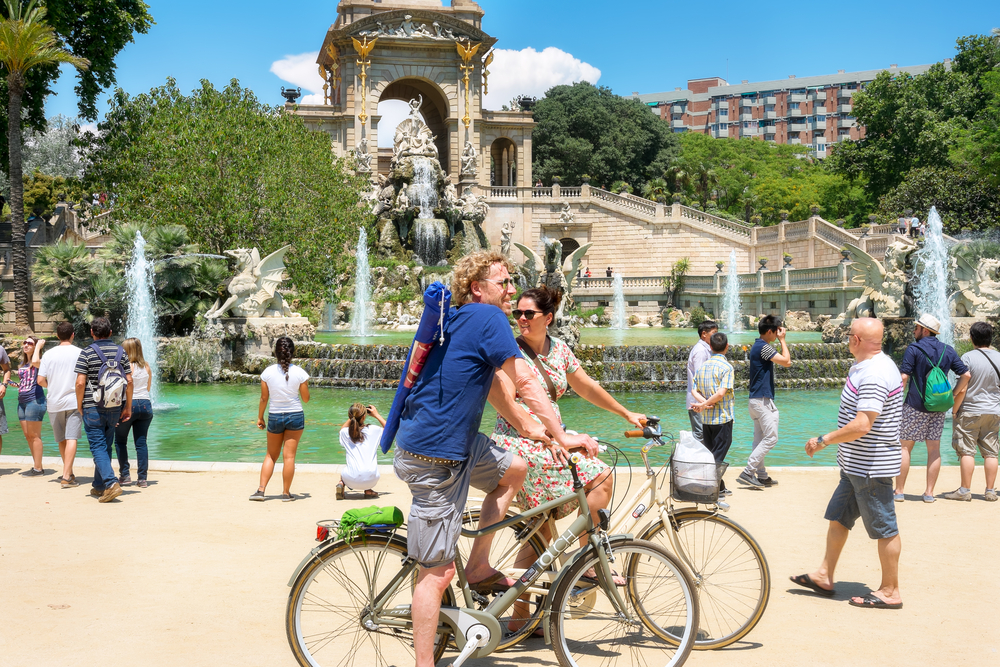
Both France and Spain offer a range of fun outdoor activities, with Spain offering more water sports than France. Spanish tourist attractions include scuba diving and snorkeling, kite surfing, windsurfing, rafting, jet skiing, and surfing. Spain also has several land-based outdoor adventures to be had, including bungee jumping, skateboarding, and hiking, to name a few. There is also paragliding, rock climbing and canyoning offered in various parts of Spain.
Due to the warmer climate, water-based activities can be enjoyed more in Spain than in France. Festivals and wine-tasting are also outdoor activities, though possibly less healthy than sports. On the other hand, popular outdoor activities in France include horse riding, canoeing, canyoning, and rock climbing. You can also skydive in France, rollerblade Paris by night, or cycle on a Glacier for a novel experience.
Beautiful Scenery

You may be wondering which is the more beautiful country in terms of scenery and urban landscapes. This is another tough call, with each destination boasting its unique beauty and charm. If you are looking for a tropical paradise, then Spain has over 8000 beaches to choose from. The natural scenery of Spain merely is breathtaking and showcases mountains as well as stunning shorelines. By way of an urban landscape, France is more impressive. One has only to look at an aerial view of Paris to see that French architecture and town planning is the next level.

The French countryside is full of lush greenery, rolling hills, quaint stone houses, and dreamy vineyards. The Spanish countryside is a bit drier but still has a charming appeal. The scuba diving scene is more prominent in Spain, though, where you can see gorgeous coral reefs and exotic marine life. Both France and Spain have islands too, which are always exquisite both underwater and on land. Overall these countries seem to possess an equal amount of scenic beauty.
How safe are both countries? Crime and Safety

Based on recent statistics, both Spain and France are above average in terms of safely walking alone on the streets. The numbers drop by about 20 percent when the sun goes down, but during the day, Spain is ranked 85.73% safe. France follows closely behind and is ranked as 71.6% safe. These statistics are an indication of how likely it is to be either pick pocketed or accosted in the regions. Neither France nor Spain has a particularly bad reputation for violent crimes, so you are likely to be safe. Spain is actually regarded as more reliable than France overall, due to the high number of property thefts in French regions. Spain is rated within the top ten percent of the safest countries in the world.
There is 75 percent less crime in Spain than in the USA, but this doesn’t mean leave your phone lying on the bus seat. Pickpockets are everywhere, so remain vigilant and take mandatory precautions. France is also very safe and ranked at a level 2 safety similar to most other European countries. The only concern in France is the recent street protests and occasional terrorist attacks. You can’t predict crime, and terrorist attacks are rare and unpredictable occurrences. On global terms, both of these countries are extremely safe. So rather than basing your decision on safety, think about which country you will enjoy the most.
So there you have it! A comprehensive summary of the best France and Spain have to offer. Despite their many similarities, each country has its unique attractions, making a choice a tough one! Here’s a quick summary: If you’re a foodie or a lover of architecture, then France is for you. If you are looking for a cheap tropical paradise, or you want to party, then head to Spain! Art lovers, this decision is going to take some time as each country has incredible art history to share. Good luck in making your decision and whatever you decide, enjoy it!
Look also into a very interesting travel comparison between Turkey vs. Greece: Which one is best to travel?